Switzerland reflects on its intangible culture
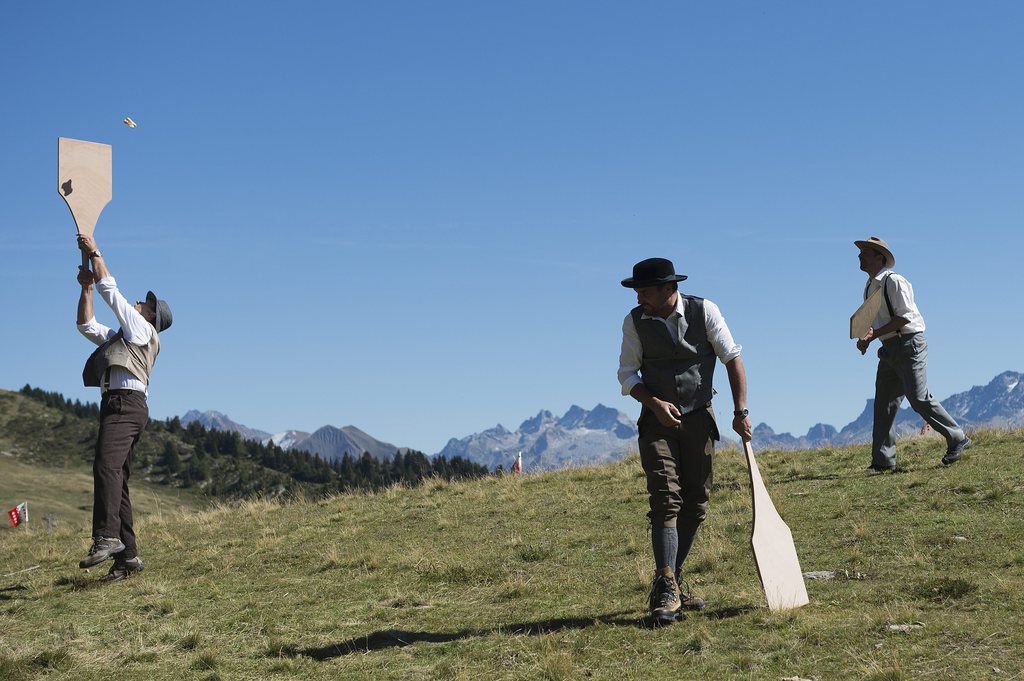
What does building dry stone walls have to do with a procession of turnip lanterns or speaking patois? Or with eating fondue, telling ghost stories and growing chestnuts? And which is the most typically Swiss?
All of them figure on the list of 167 living traditions recently put online by the Federal Cultural Office as part of Switzerland’s implementation of the Unesco Convention for the Safeguarding of Intangible Cultural Heritage which it ratified in 2008.
Three or four of them will later be submitted to Unesco for inclusion on a world list. Experts will make the selection, and the cabinet will take the final decision.
The Unesco convention refers to “intangible culture” – but David Vitali who led the coordination on behalf of the Federal Culture Office, admitted that he found the notion “opaque”. That’s why Switzerland quickly decided to refer instead to “living traditions”.
But while that makes clear that the traditions are still very much alive and are being handed on, it is somewhat deceptive, because people tend to connect the expression solely with folk culture. And indeed traditional customs figure largely on the list.
“That has to do with our idea of what tradition and intangible culture are. But in the medium term we’d like to correct that, and fill in some of the gaps in the categories that are not so well represented,” Vitali explained.
Unesco has in fact specified five categories: “social practices” and “performing arts” cover such entries as carnivals and alp horns. The other three are “oral expressions”, “traditional craftsmanship” and “knowledge concerning nature”.
Making choices
Vitali is not alone in his concern about the gaps.
Ellen Hertz, director of the Ethnology Institute at Neuchâtel University, is one of the leaders of a multidisciplinary research project entitled “Intangible Cultural Heritage: the Midas Touch?” set up to look at the way Switzerland, with its “long tradition of studying its own traditions”, would deal with the Unesco convention.
“We wanted to see if we would see the same old traditions, like yodelling and costumes, or whether there would be things that were left out of previous representations of Switzerland,” she explained to swissinfo.ch.
While they found that the familiar items are well represented – “absolutely no reason why they shouldn’t be” – there are only a few new things.
Non-traditional examples she cited included abstract notions, like direct democracy, and also watchmaking: “Quite a curious one, since although it’s done in the mountains it’s an urban international business and involves robots and mechanisation.” (It’s categorised as “traditional craftsmanship”.)
The Living Traditions website describes all the traditions on the list as “an integral part of our cultural diversity and identity”, and the Culture Office was keen for immigrant groups to suggest their own traditions.
This had some success. Entries include “Italianità” in canton Valais – the contribution of the long-standing Italian immigrant community to the region, and the San Giuseppe festival, which originated in Sicily and is now celebrated by the whole community in Laufenburg in canton Aargau.
The description of San Giuseppe says it “helps to strengthen the solidarity between the members of the town’s population”, while Italian immigration could be “an example opening the way to other immigrant groups”.
“It’s important for us that the focus is not on ‘Swiss traditions’, but on traditions practised in Switzerland,” Vitali stressed to swissinfo.ch.
“And if you ask any folk customs expert they will tell you that many of the traditions we think have long native roots were either imported or invented.”
Surprises
Anyone who has lived in Switzerland for even a short time will be familiar with at least some of the entries on the list, but the range is so huge that few will know them all.
Culture Office head Jean-Frédéric Jauslin, a native of canton Neuchâtel, was delighted to find two of his childhood favourites – ice-skating on the river Doubs, and the traditional local barbecue, known as a torrée.
Jean-Bernard Münch, chairman of the Swiss commission for Unesco, welcomed the inclusion of the breeding of Franches-Montagnes horses – but thought the Valais black-nose sheep deserved a place too.
Some of the choices have raised eyebrows.
“When the initial list was presented there were a lot of critical questions like: ‘Why have you included modern things like the bikers’ meeting in Hauenstein?’” said Vitali. “But what we want is a list of living traditions, and it doesn’t matter whether they’ve existed for a very long time or not so long, whether they are part of an established folk culture or a widespread counter-culture.”
The bikers’ meeting, held in a restaurant in canton Solothurn every week from March to October, has attracted motorcycle enthusiasts from all over Switzerland and beyond since 1968.
Coordination
Given Switzerland’s federal system, where so much authority is devolved to the cantons, one thing that is not surprising about this sometimes surprising list is that there should be such a variety, and a variety of approaches.
Marc-Antoine Camp of the Lucerne University of Applied Sciences and Arts led the coordination of the cantonal and regional sub-projects. It was quite a challenge.
“Some wanted a ‘bottom-up’ approach, based mainly on the opinion of the practitioners. Others attached more importance to expert opinion. The compromise was that we tried in each case to combine both,” he explained.
“But we couldn’t tell anyone what to do. The project is based on the fact that the cantons are responsible for the content.”
Not for nothing is consensus-seeking and direct democracy on the list – applying to the whole of Switzerland.
Switzerland was obliged to draw up a national list of “intangible cultural heritage” once it ratified the Convention for the Safeguarding of Intangible Cultural Heritage in 2008.
Unesco has determined five categories of heritage: social practices”, “performing arts”, “oral expressions”, “traditional craftsmanship” and “knowledge concerning nature”.
There is no Unesco seal of approval for the national list, but only traditions included on it can later be proposed for Unesco’s international list.
It is expected that three or four traditions will be submitted to Unesco by the Swiss government after a process that will take at least 18 months.
In Switzerland the task of nominating entries was left to the cantons.
The traditions must have existed for at least 60 years (three generations) or at least be firmly entrenched in the local community.
A total of 167 traditions was included on a national list approved in October 2011.
The cantons then had the task of preparing files with photos and, where relevant, video and audio documentation, which was put online by the Federal Culture Office in September 2012.
An initial list of 387 candidates was drawn up by 12 cantonal and regional groups between September 2010 and March 2011.
This was whittled down to 167 by a committee made up of cantonal culture officials, representatives of the federal authorities and relevant experts.
Some of the traditions are shared between several cantons, and some are even nationwide.
The type of entries on the list are very broad. It includes:
Events, like carnivals, Christmas and New Year traditions, and celebrations of battles.
Traditional skills, like building dry-stone walls, making roof shingles and weaving silk ribbons.
Games and sports, like Swiss wrestling and the card games jass and troccas.
Agricultural activities, like cattle markets and fruit growing.
Popular activities, like skating and barbecues.
Eating and drinking, like fondue and chestnuts.
Different aspects of the political system, the cultivation of languages, theatre and music making also figure on the list.

In compliance with the JTI standards
More: SWI swissinfo.ch certified by the Journalism Trust Initiative


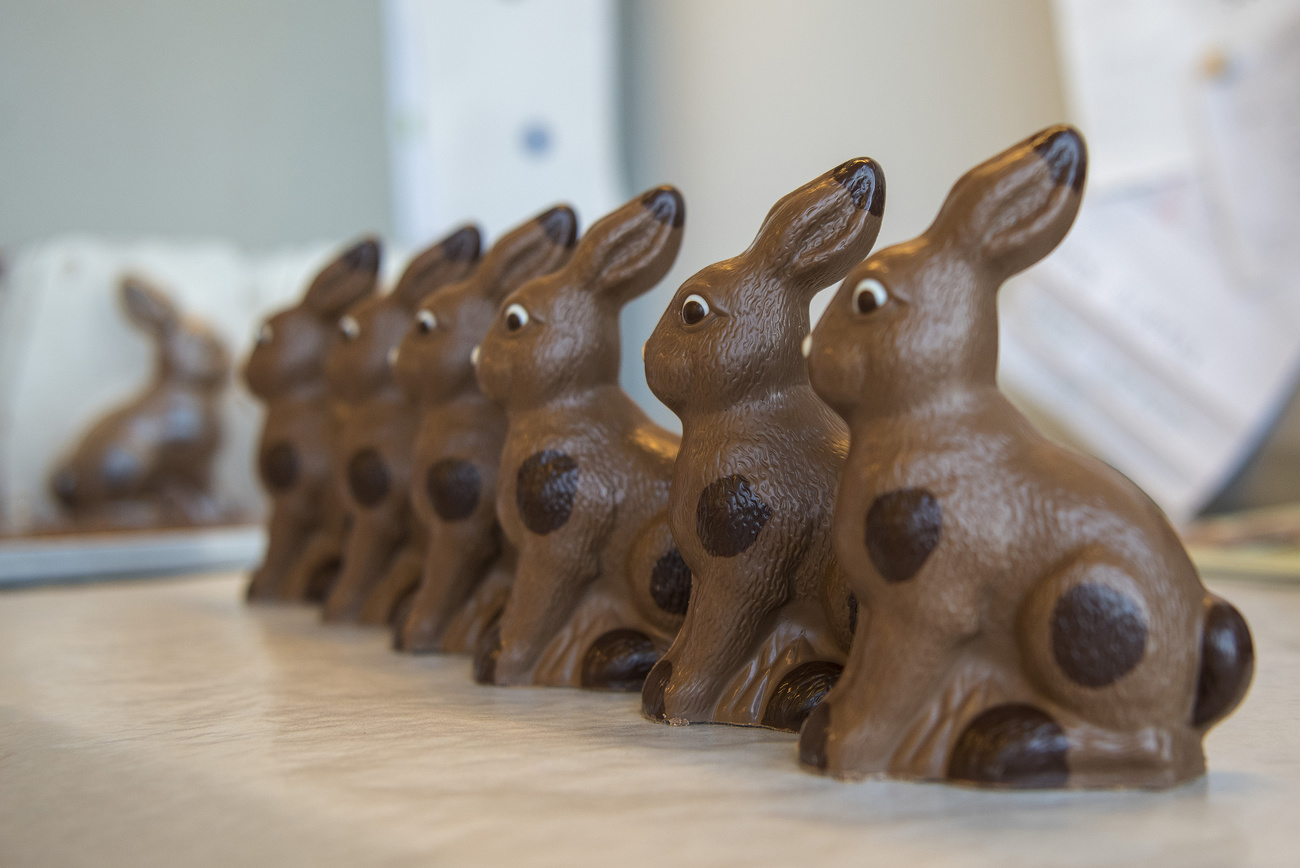
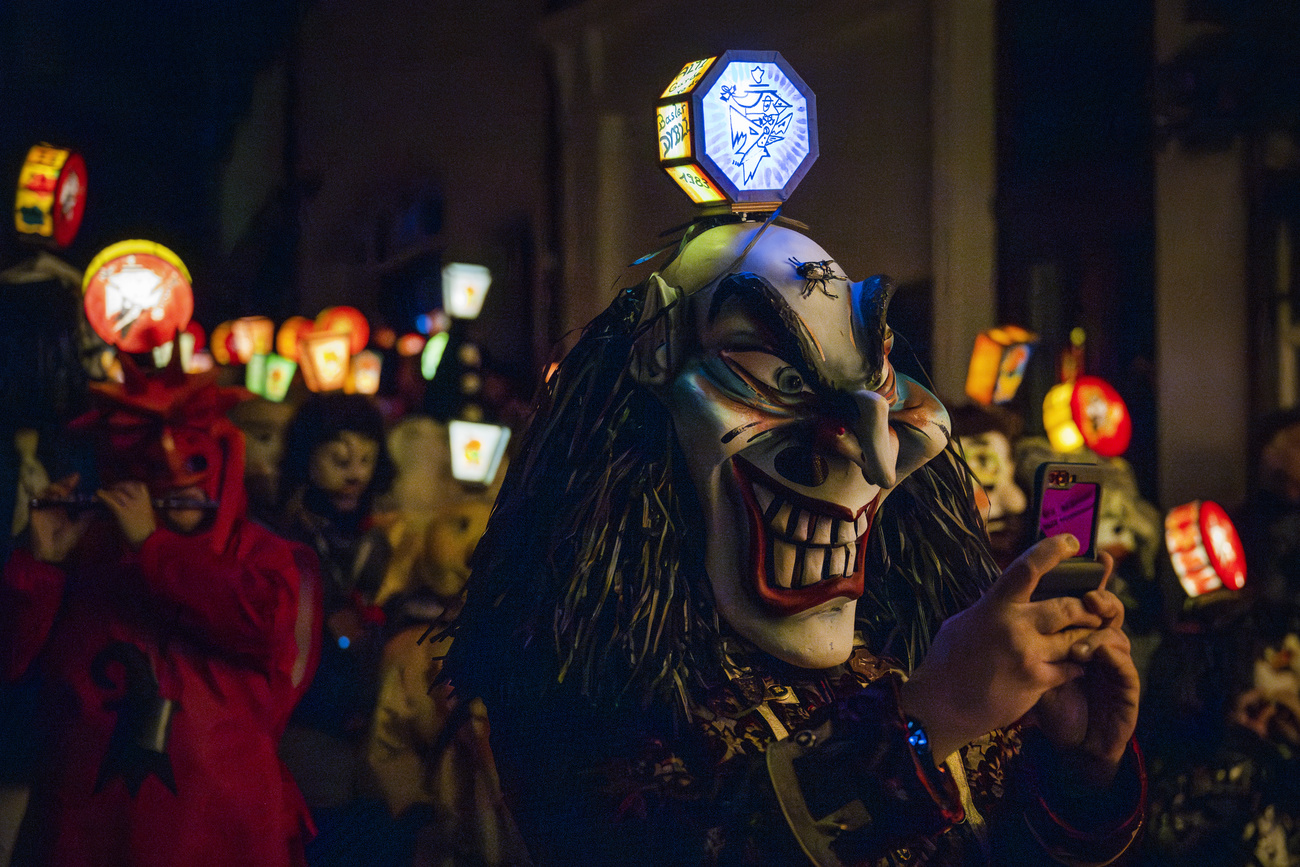
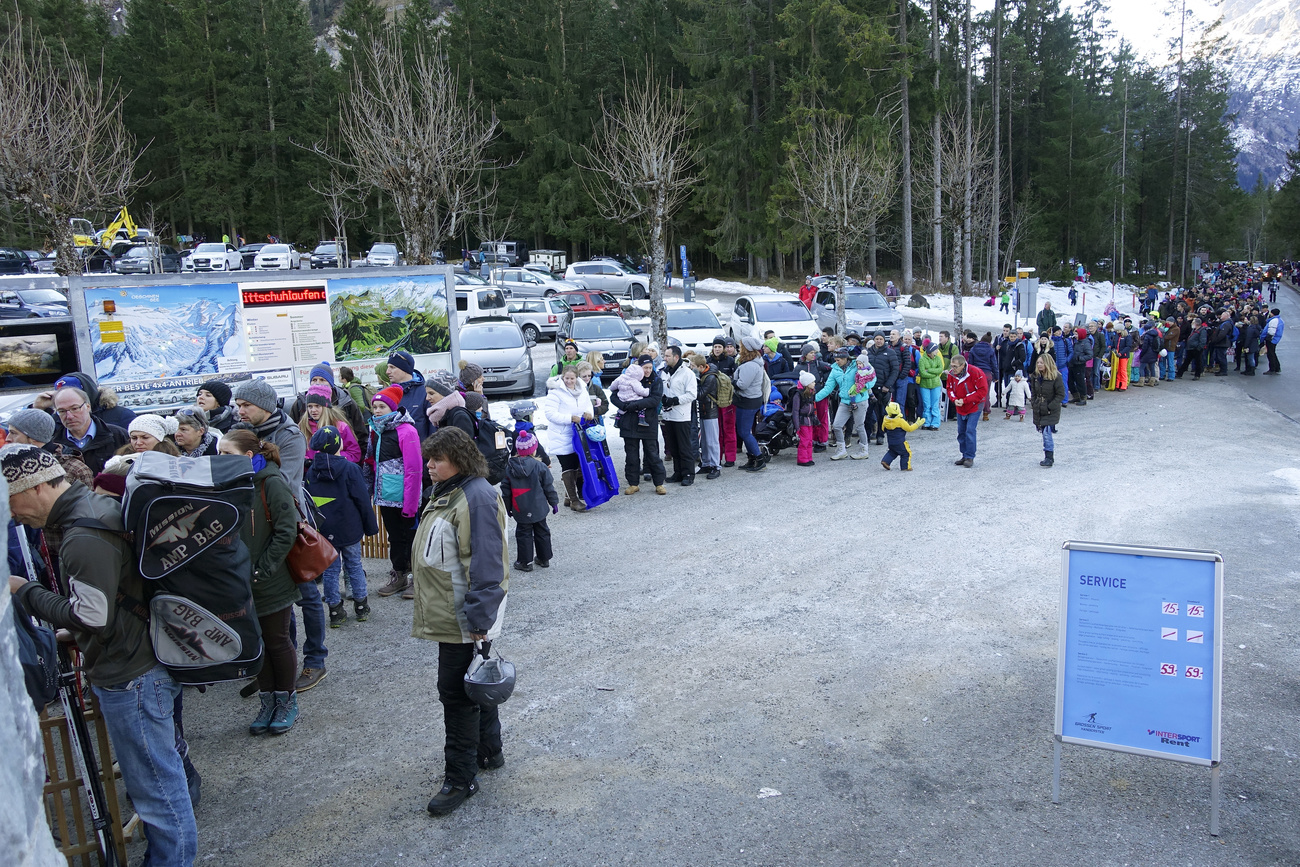


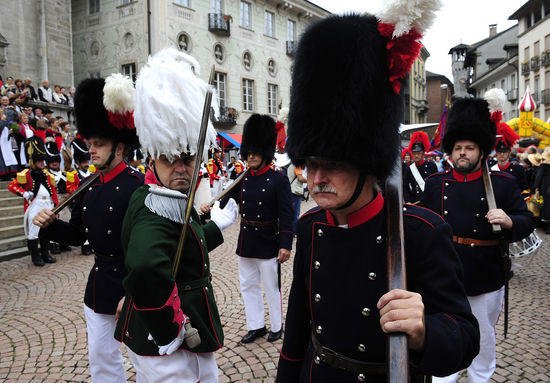
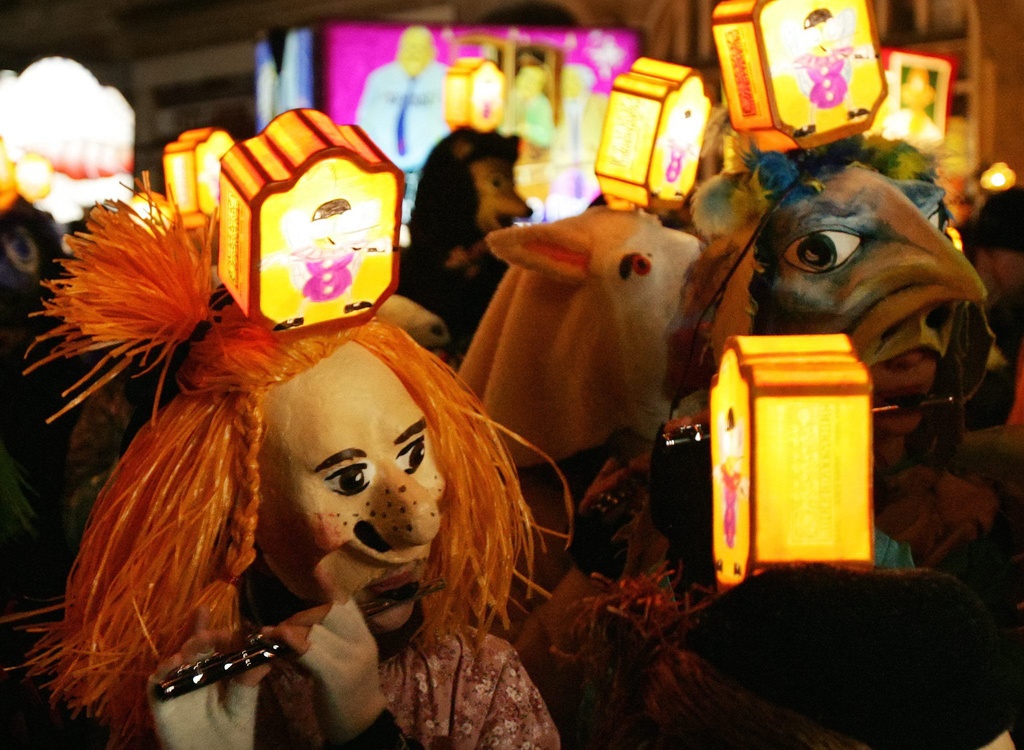

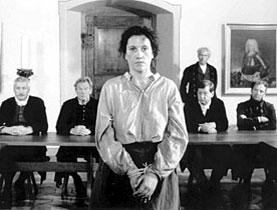
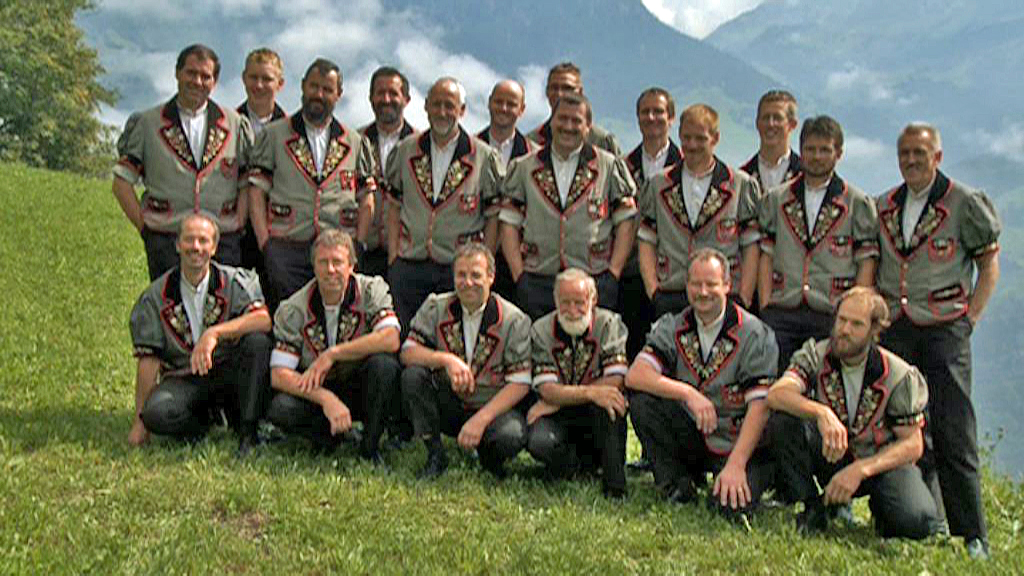
You can find an overview of ongoing debates with our journalists here . Please join us!
If you want to start a conversation about a topic raised in this article or want to report factual errors, email us at english@swissinfo.ch.